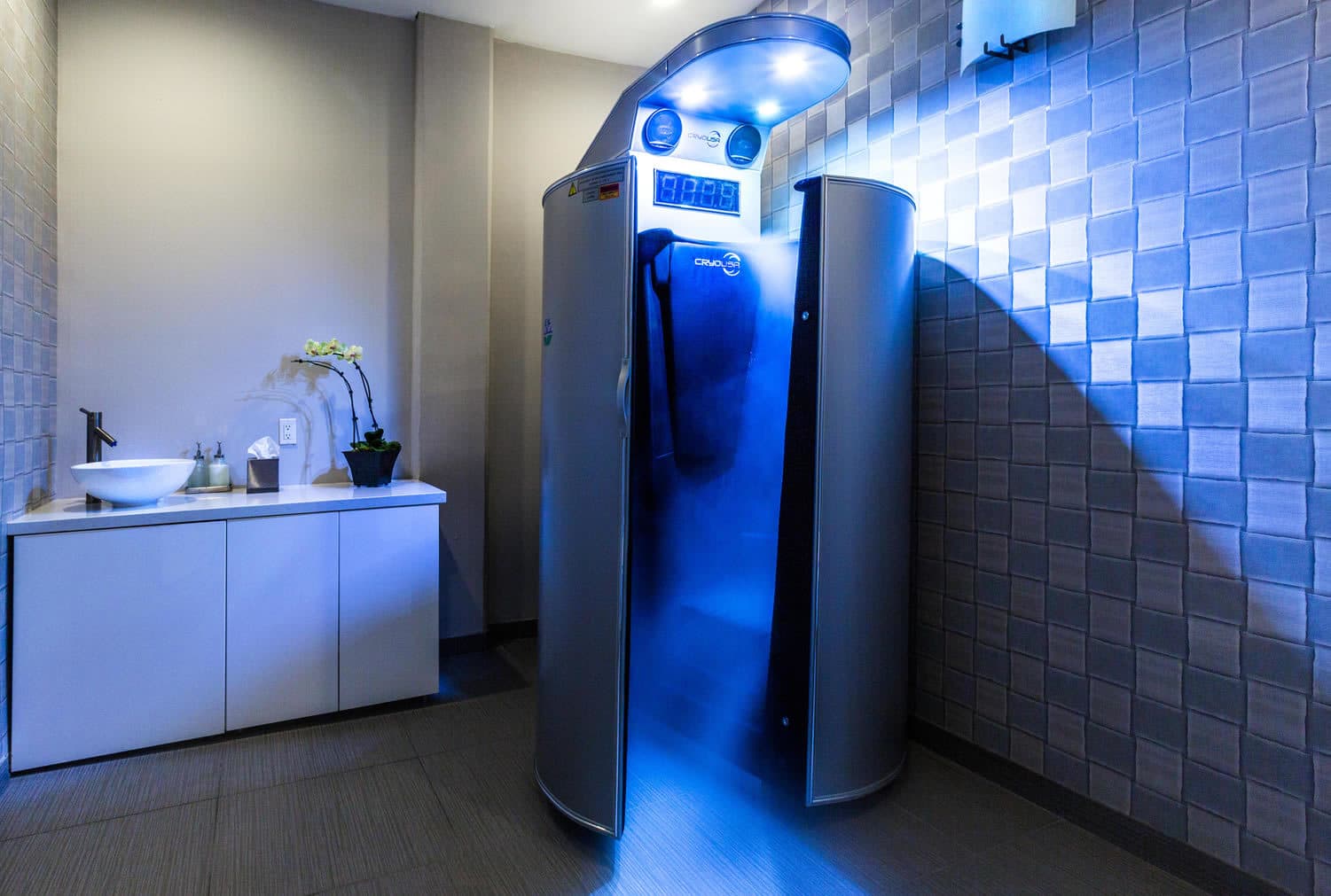Fitness and strength trainers many-a-times make strange and coded references towards the nervous system.
“If your performance begins to get good at around 7 or 8 repetitions, that is your nervous system getting fully activated,” or , “sometimes a lower rep workout session can exhaust the nervous system,” and one of my frequent go-tos, “While you might be feeling like the incredible hulk, your nervous system is actually a frail and vulnerable wreck of a man that is Dr. Bruce Banner.”
As a young person and fresh trainee, I perceived the nervous system to be some sort of undiscovered abyss of endless mystery and wonder, the one held most responsible, powerful, and ironically, one of the most fragile, tools that only the most skilled and talented strength training geniuses and prodigies could harness. I then understood that I had to go full-on zen mode. I had to master my very own nervous system. If I had any chance in hell to join the lifting legends and fitness phantasms, I had to become one of the enlightened.
Regrettably, I found that I was embarrassingly inadequate in my human physiology class; the nervous system really had me going in endless and vague circles. I misunderstood and failed to comprehend everything. There amongst the brain and all its activities, its calcium ions, synapses, acetylcholine, nodes of ranviers, glial cells, there amongst the clouds, I stood lost and dumbfounded. Confused by my own head, this dense knocker, utterly, gone in a sea of theory, a storm of practicality, and shook by earthquakes of applicability. I searched for guidance through the thick canopy of inaccessible data, wading in jumble, yearning for clarity.
The Autonomic Nervous System (ANS)
The autonomic nervous system governs stress and recovery, which are key factors in play when it comes to strengthening and maximizing performance. Stress represents the activation or excitement levels and recovery represents the calming and cooling down of said stress. Mastering your stress and recovery, however difficult, is like mastering the breathing of your muscles. It is like tension and release, they go hand in hand.
The ANS is comprised of two subsystems. The sympathetic nervous system and the parasympathetic nervous system are the two main systems that control certain activities involving one’s stress and recovery.
The sympathetic division evokes your instinctive “fight or flight” responses, while the parasympathetic division does the opposite and allows you to relax, calm down, rest, rebuild, and digest.
It’s like when I was a little kid where the days I had the most fun and excitement were also the days I would knock out cold afterwards, I mean dead sleep, like a happy and very tired baby.
Knowing when to apply stress and knowing when to rest and rebuild is the name of the game. It is important and is one of the things to look out for when it comes to mastering your body and its performance. But because the ANS regulates this most often involuntarily, it is hard to tell when it is you should push your body and when it is you should relax. Most of us stay in the middle, not quite pushing it but not quite resting fully either, which is going to reflect a lack of progress. Basically, a lazy work-out session burns calories but not enough, so you get tired and feel like you have done “something”, however, you also do not get any progress, so you are basically wasting your time.
Understanding the balance between the two subsystems within the ANS is necessary for getting the best out of your mind and body, so here are 12 tips to help you improve the nervous system’s function to teeter between stress and recovery to improve functionality
- Don’t stress over your training sessions.
A good “sesh” should be activated. It is that feeling of pain and pleasure and at the same time, of hard work, high peaks of good stress on the muscles, pushing it bit by bit to recover even stronger. That is the goal of a good workout or training session. It should feel like you have broken yourself in just a bit, but it should not feel like you can’t walk the next day.
There will be days that you have a seemingly “lackluster” effort. Some days you will feel heavy, weaker, and not up to the task you had just done a day ago. Do not be saddened, dismayed, or discouraged if you did not hit your target numbers. It could mean you haven’t recovered correctly or enough, or that you did not give your body enough proper fuel for the tasks. Forcing yourself to workout when you know your body is not properly rested or fed will create more unwanted fatigue, the kind of fatigue that is detrimental to your performance and conditioning.
- Hard sessions require equally hard recovery periods.
The relationship between stress and recovery are balance dependant. If you do go for maxing out your body as you would for a fitness event or competition, it is strongly advised that you take the proper time to recover. The harder you pushed yourself past your marker that is how much you should also rest, rebuild, and recover. If you have overworked yourself to a certain degree learn to go lighter on the next session or even skip if necessary.
So judge yourself well. Awareness of yourself and your body are also important so as to gauge properly how you and your body truly feel. For power-lifters and crossfit competitors after events, it is advisable to rest for at least 3-6 weeks if being most circumspective.
- Do not hop-program-ship.
Which is to say, do not be fickle and impatient, Stick to your program! Constantly switching your body program does not let your parasympathetic system rest, thus, not allowing a proper rest period and rebuild. When you adapt your body to a program, you are putting it in a cycle that increases in rapidity and strength or difficulty, gradually through a specific timeline. So be confident and commit.
If you are always switching programs midway through the program timelines you will not see big changes or progress with your body. Your body will remain confused and not be able to focus on an area, thus inhibiting strength building and increasing your chances of idling, which is a waste of time and energy. At the end of that program timeline is when you should change program if you do need to switch, not in the middle of the unfinished timeline.
So if you feel like you have been “working really hard lately” but not feeling or seeing results, it is possible that you have put your body in an idle state by being fickle, doubtful, and always changing your program regimen. Stick to your program, see it through, only then can you see the fruits of your labor. How can the program work if you keep stopping it in its track?
- Relax.
Relaxation is often taken for granted and is one of the most underrated factors of healthy human living. But what many do not know is that it is also a trained and developed ability. Learning and knowing how to relax faster is proven to help you rest, recover, and heal faster, which in-turn, helps rebuild at a more rapid rate, generally equating into more visible and tangible progress. The more ease and practiced your parasympathetic system gets the better your conditioning, and the faster you can push yourself again. This is why the most gifted and talented professional athletes have very dominant parasympathetic systems, because they have instinctively high thresholds for high physical stress. You will notice that many of your pro-athlete friends are quite lazy people off the field or court and prefer to just “chill” and do more relaxing things when not in “work mode”.
- Nap.
Taking naps and the ability to fall asleep swiftly is a sign of a healthy parasympathetic system. Giving your sympathetic system a break is highly important. This is required especially if you are an athlete or a serious fitness enthusiast. It will improve your performance by never letting you exhaust yourself to zero, keeping your energy levels stabilized as well, and preventing unwanted fatigue. Exhaustion or bad-fatigue could shrink your muscles and progress, as well as lower your body’s immunities, which could stop you in your tracks if you get sick. Try taking 15-30 min naps on days that you push harder than usual, you will see and more importantly feel the difference it makes.
- Pick your hot spots.
It is best to begin with warm ups and gradually increasing difficulty and aggressiveness. It is healthier for your joints and muscles to not get shocked into sympathetic activation. Try peaking near the latter end of your reps versus the beginning for faster and more rapid results.
- Do compound lifts.
Compound lifts are usually bigger, harder, heavier, and subjects the sympathetic system as such. Compound lifts attack multiple motor systems or muscle groups, thus warranting a higher response level from the sympathetic system, giving you more adrenaline to work with as well. Subjecting the sympathetic system to larger and more severe levels of good physical stress trains your body to prepare for the next session, making you stronger. It is like you are fooling your brain that this weight is a boulder and you need to lift the boulder to stop it from crushing you. When you subject your body to this kind of training, It forces your body to prepare for the extreme treatment, thus, increasing your thresholds for both acting systems, making you more efficient as a working biological machine. This is why it is always better to do squats than leg lifts. You body works harder and with more activated muscle groups when doing squats versus the more isolated and easy leg lift. Squats require more sympathetic reaction.
- Train hard, recover harder.
Again, a larger sympathetic reaction requires an equally larger parasympathetic period. Higher intensity workouts like compound lifting, plyometrics, and workouts that use multiple muscle groups simultaneously, should be given longer parasympathetic periods, longer rest times so as to prevent over-exhaustion and bad fatigue.
- Reconsider your training split.
For beginners it is important to train hard in intervals versus maxing out every day. This will prevent injury and over-fatigue, therefore, allowing the progression of the program to occur. Train hard today, rest or lighten up the work out the next day for best results. Sometimes when a novice does two days of over-working, they end up feeling like they were hit by a truck the next day, and often have to stop the program altogether which is very discouraging. Try to avoid this.
Some experienced athletes can max out their bodies every day for short periods of time because they have mastered the limits and abilities of their sympathetic and parasympathetic systems. They can now over charge their sympathetic and equally and immediately thereafter, activate their parasympathetic system. This is the key.
- Celebrate special occasions.
Stop and take a breath to be a normal, social, human being. Please do not be one of those people that are more obsessed with their “fitness goals” than having a good time. It’s like working hard for your money and never enjoying it. A grouchy person is less healthy and will see more resistance in their path towards self-betterment. So yea you can party, have a drink, heck eat as much as you want on thanksgiving, enjoy yourself. You are not a robot. You are a person and you are doing all of this for you. What is the point of having a great body if all it gets to see is itself working in a gym all day? Go to the beach relax, do something fun, even if it isn’t a form of exercise. It is very healthy to disconnect sometimes. Unplugging yourself from your “fitness” self is the ultimate rest and recovery period.
- A change would do you good.
Sometimes differing from your usual routine can be beneficial in that it warrants a fresh, new stressor. When your body gets used to a routine, it builds tolerance to it as well, therefore, producing a slowed down rate of progress. This is a good way to increase your sympathetic stress levels, allowing nice little bursts to challenge and push you through to your even faster progress, of course with proper rest in mind. Many advanced lifters and athletes have reached a certain level of tolerance and can switch out their routines in a more rapid succession as it is the only way they can see more progress.
- Learn how to breathe.
This is one of the most important and basic tips. Learning how to inhale and exhale at the right times is crucial to your entire health system, especially when exercising, lifting, or whatever physical activity it may be. Breathing properly allows a steadier and stable amount of oxygen to flow through your blood, brain, and all your other systems, making it run more efficiently. One should exhale on the highest stress level and inhale on the lowest stress level. So for lifting, inhale when going down, exhale when pushing the weight up. For running inhale take two steps, exhale then two steps. This should be applied to all workouts and exercise movements. Breathing properly will promote better performance overall for your entire body system.
To Summarize:
Our bodies are in a constant see-saw of stress based and recovery based activities. Most people are sympathetic dominant which causes unnecessary stress and “idling” that is bad for recovery and overall mental and physical health.
The secret of pro-athletes is that they prioritize their rest aka their parasympathetic system so that when they need to activate their sympathetic system, they are more than ready, and can perform at higher sympathetic levels. We can emulate the way they do this to have happier, healthier bodies, and as a result, happier and healthier lives.








